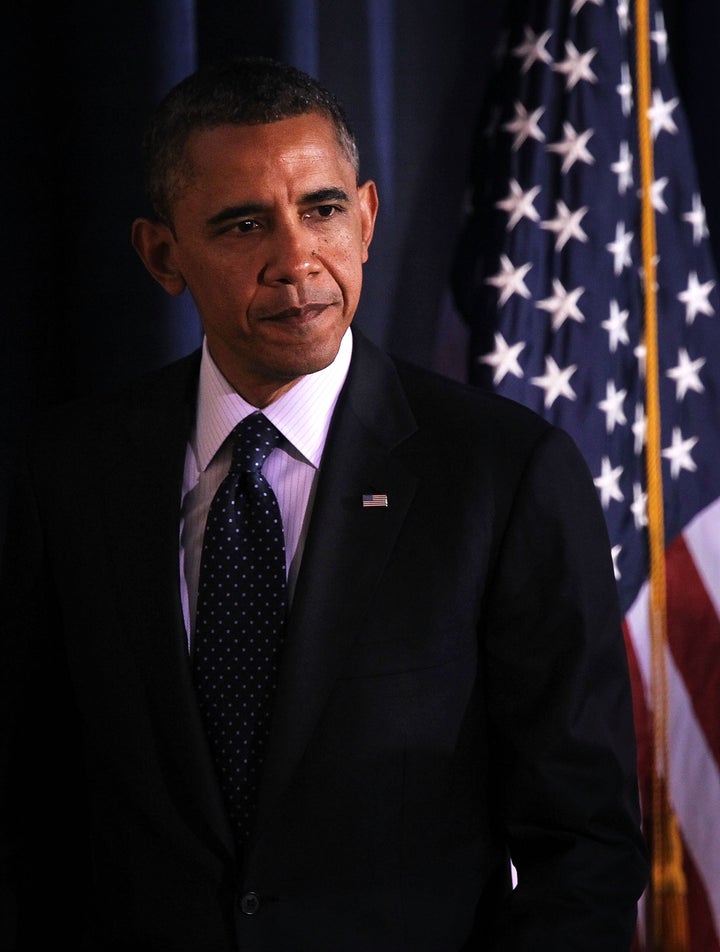
A video of President Obama wiping a tear from his eye, as he thanks scores of young campaign staff members and volunteers for helping re-elect him to a second term, has gone viral and is redefining "leadership" for a generation of young organizers and passionate politicos.
Dare I hope that it redefines just leadership for all of us?
I love that as a nation, we finally committed to the Martin Luther King, Jr. holiday as a federal day of observance. I took my children to the ground-breaking of the immense stone sculpture that celebrates his astounding contribution to the Black freedom struggle.
Like President Obama, however, Dr. King wasn't a solitary leader. He didn't achieve a massive shift in race consciousness and legal equity by having the best or the brightest idea and hauling a bunch of lesser thinkers along behind him.
Every year on King Day, I think about Ella Baker, Bayard Rustin and John Lewis. I think of Ella Baker because her dedication to youth leadership was a key tactical commitment that sparked a much more radical spectrum of direct action in the movement. Bayard Rustin because he was the architect of the 1963 March on Washington despite virulent homophobia that periodically landed him in jail, and consistently presented barriers to his brilliant leadership in a movement that desperately needed him. And John Lewis because my personal commitment to anti-racist work was forever cemented watching him stand up to violence on the Edmund Pettus bridge, among the hundreds of collaborators he led there on March 7, 1965, one of the most horrific days in the history of racism in the United States.
As the Executive Director of Kalamazoo College's Arcus Center for Social Justice Leadership, I speak with students every day who are outraged and confused by the world as we know it. How did things get this way? How does one live a just life given the vast inequities in which we find ourselves embedded? What does it mean to be a just leader? Or to just lead?
To help my students explore their own leadership paths, I bring many young social justice innovators into my classroom via Skype. People such as Alexis Pauline Gumbs and Julia Wallace, whose Mobile Homecoming Project tours the nation celebrating unsung Black feminist leadership in communities large and small. Or Amita Swadhin, whose Secret Survivors collaboration with the renowned Ping Chong theatre company is creating an avenue for survivors of child sexual assault to creatively tell their stories, and in breaking that silence, amplify the movement to end child sexual abuse. My students yearn for concrete ways to embody the theories they study in the classroom; they are astonished to see phenomenal projects led by their peers.
What I hope they are learning is this: Social justice leadership is about harnessing the collective power of truth-telling and resistance in our communities. It's about finding and unleashing the leadership of everyday people -- wherever and whoever we are -- as we confront daily, dehumanizing injustices.
That is what prompted our president to cry on the morning of his recent victory: the power of community in motion; the power of innovative, just collaboration.
Let's hope he can bring this lesson to bear on the monumental challenges that lay in his path these next four years.